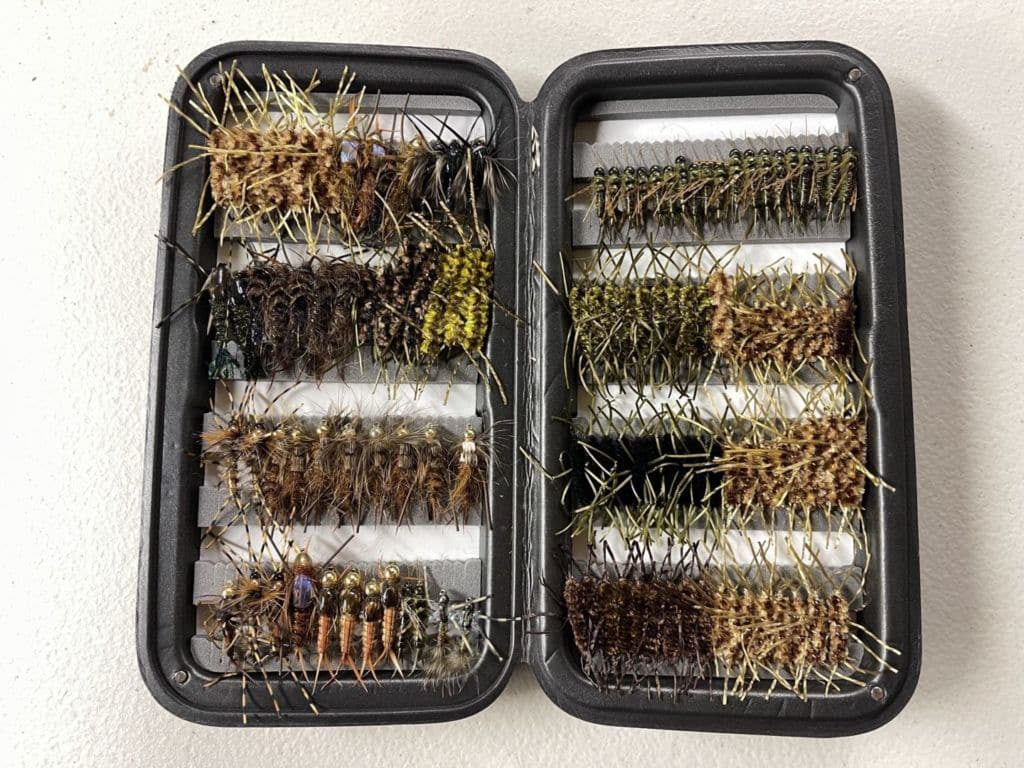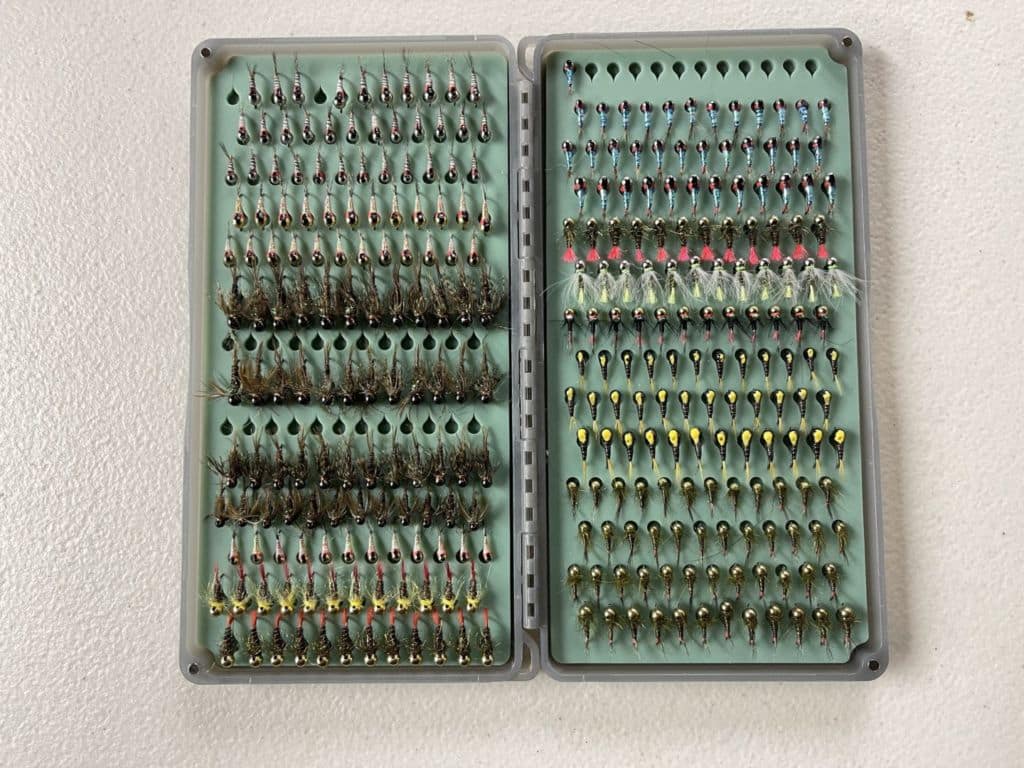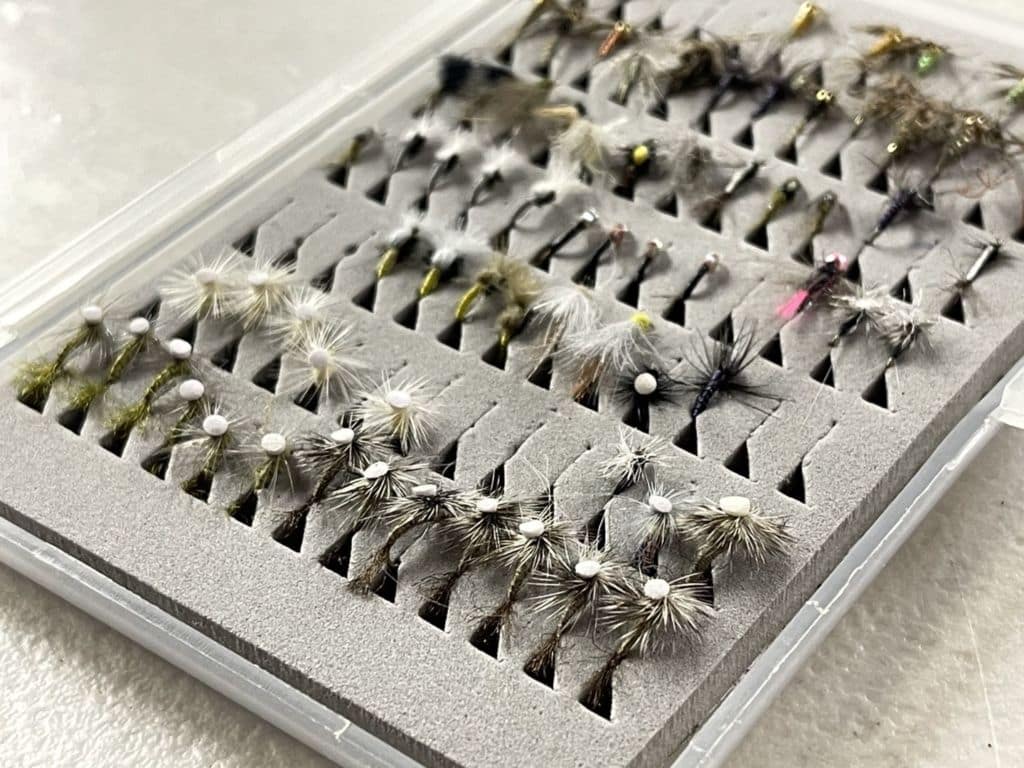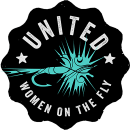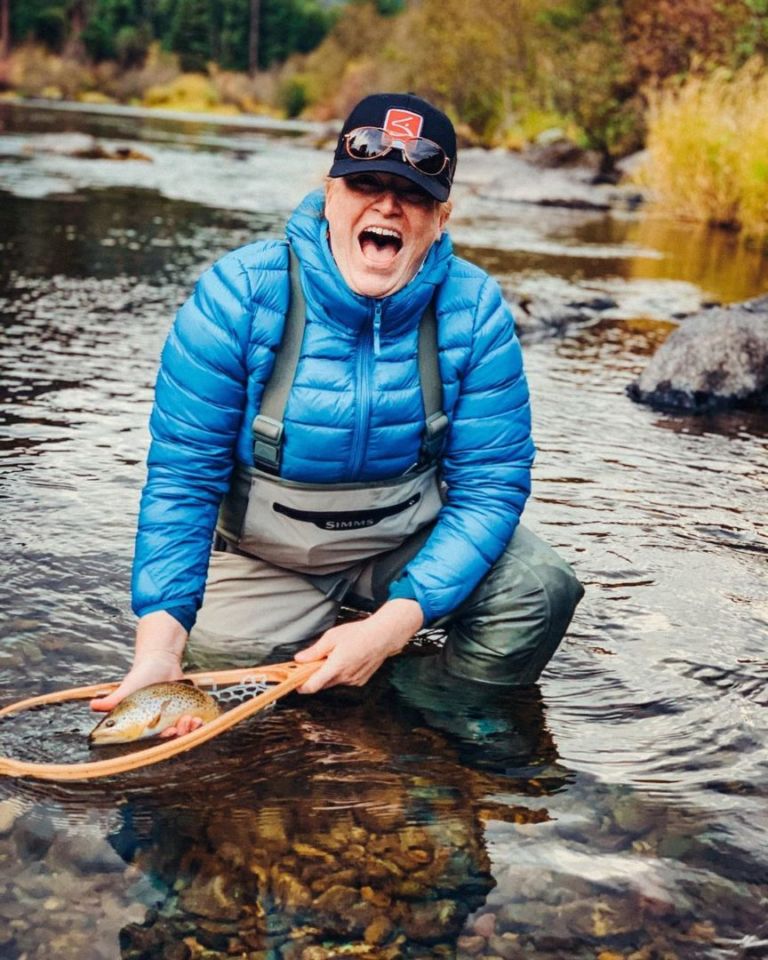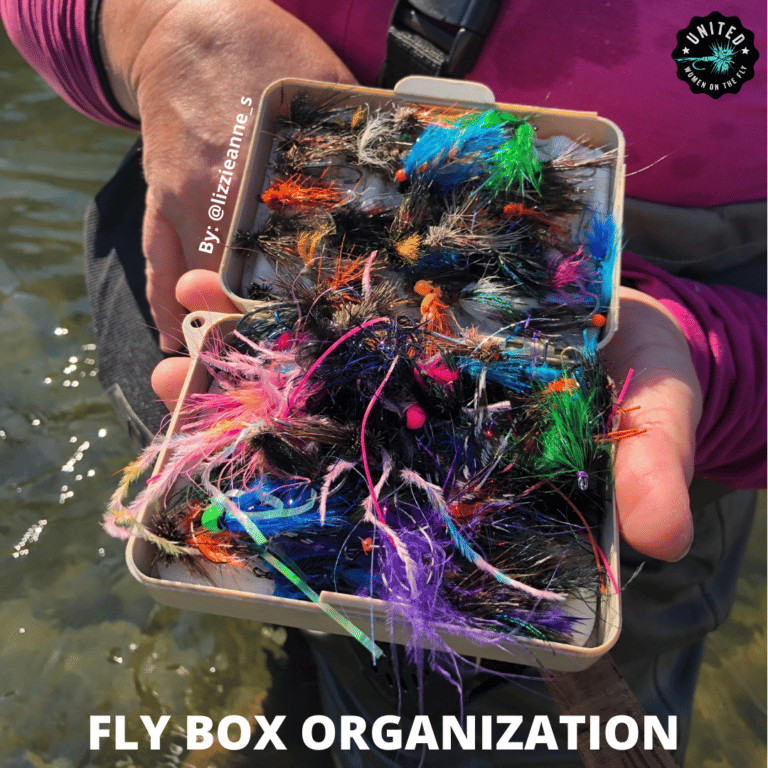
Organizing your fly box can be so overwhelming. Liz has put together a few suggestions to help with organizing your fly boxes. Make sure to organize in a method that makes sense to you, and will work for you long term. #uwotftuesdaytip
First off, it’s ok to not know the name of every fly.
Start to learn what the fly is imitating. You can do this by several ways.
Start to learn what the fly is imitating. You can do this by several ways.
- Online – This information is out there!! Click on Images and Videos.
- On the Water Experience
- Books – Fish Food, Book of Hatches, etc.
- The Catch and the Hatch Online Entomology Courses
- Familiarize Yourself with Hatch Charts
- Familiarize Yourself with Aquatic Prey Migrations
- Look at Fishing Reports
- Look Up what Fly Names Look Like and Research what they are Mimicking
- Watch Videos of the Natural Presentation of Insects or Bait Fish to See How to Fish the Fly
Ways to Organize Your flies
- Organize By Fly Type
- Organize By Water/Location
- Organize By Fish Species
- Organize By Life Cycle
Organize by fly Type
Dry (Caddis/Mayfly/Midge/Stonefly, Terrestrials). Nymph (Mayfly/Stone/Caddis. Streamers, Crustaceans, Bait Fish.
- Pros: Simple, straight forward, works for a more limited selection of flies.
- Cons: Each box may still be a mix of Lake/River/Ocean Specific Area Flies. Mayfly/Caddis/Midge will still be mixed together. Harder to see each specific fly unless you subcategorize in each box
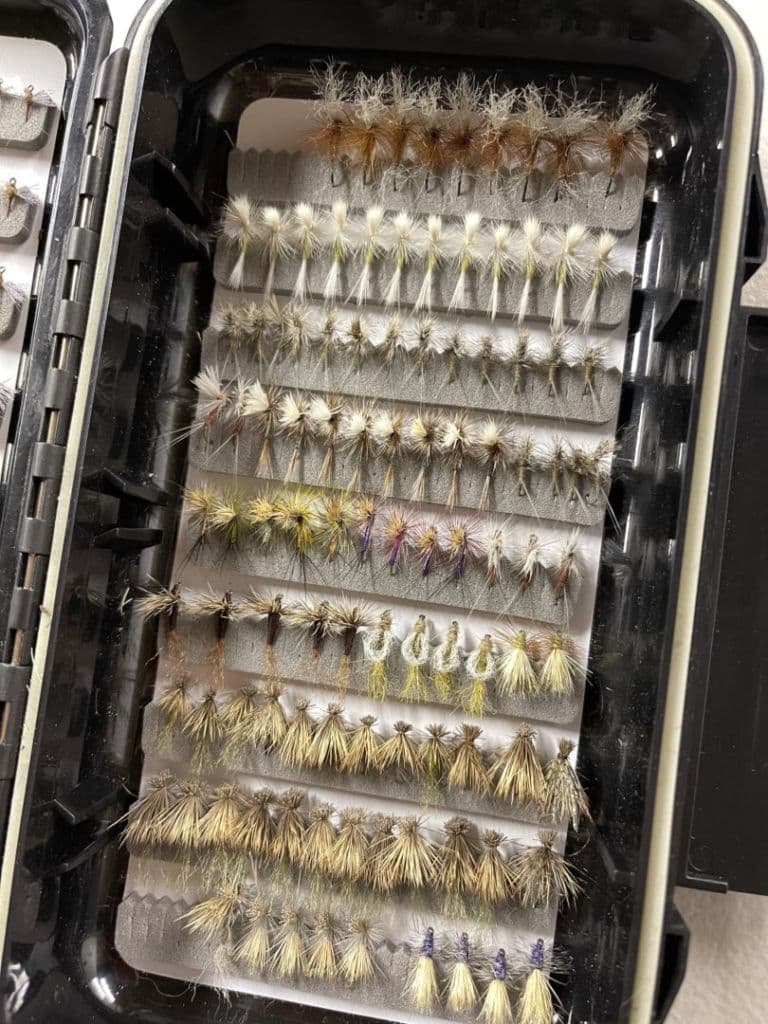
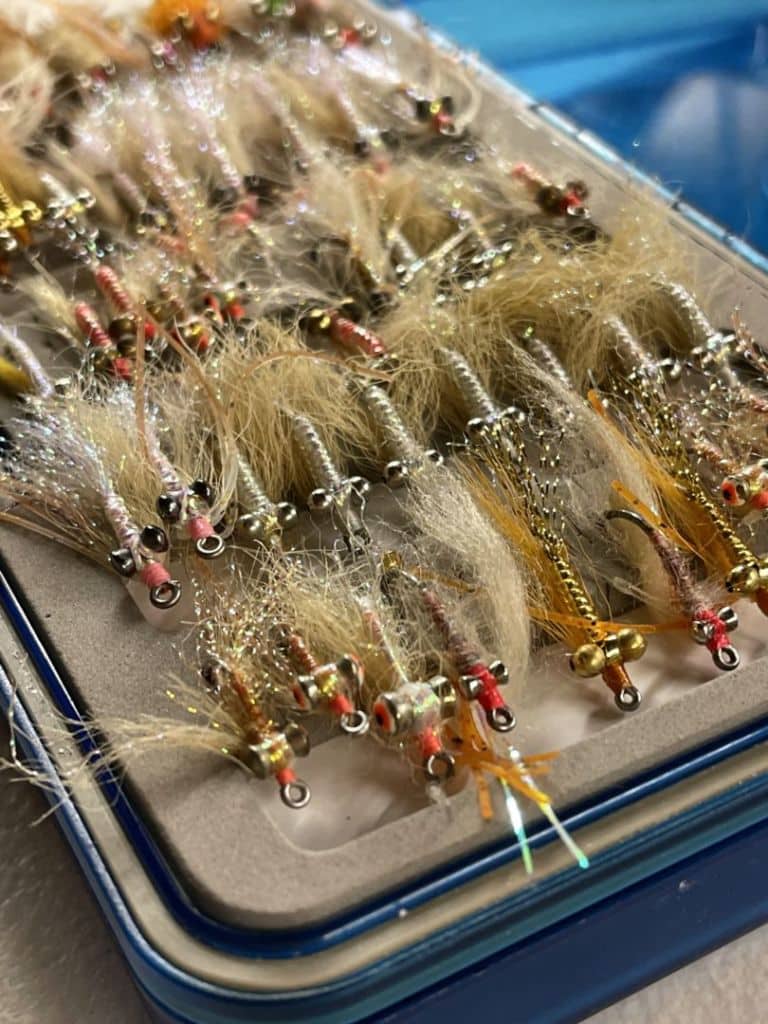
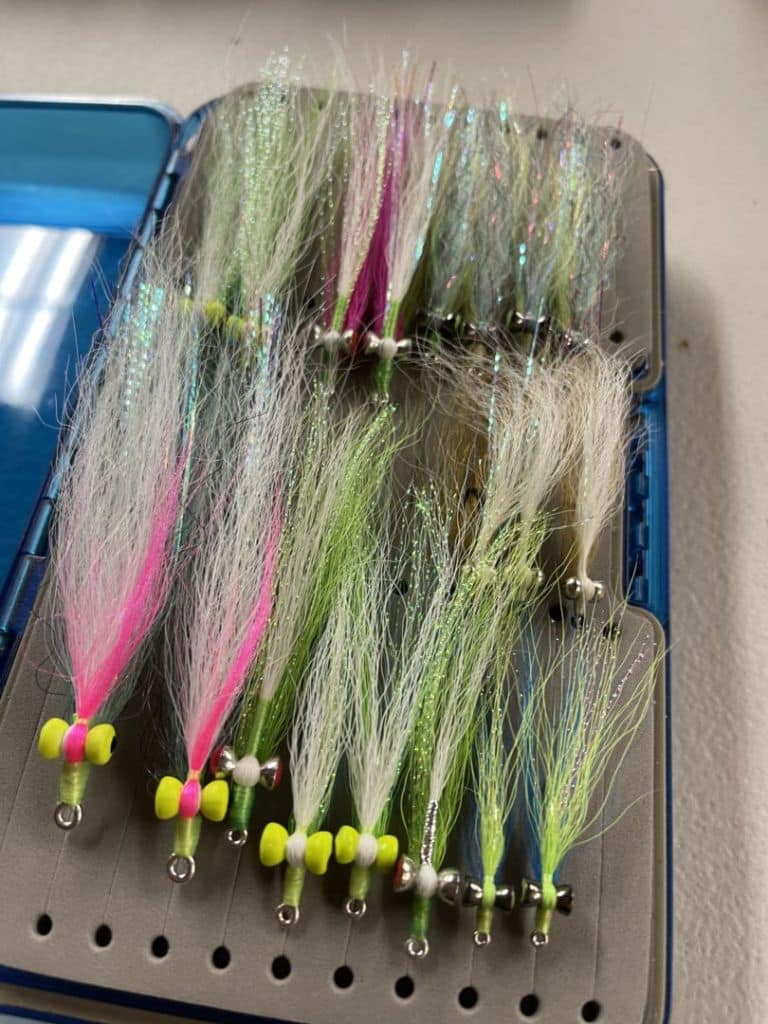
Organize Flies by Water location
Lakes, Salt Water, Free Stones, Tailwater
- Pros: Appropriate flies for each location, no shuffling between boxes.
- Cons: Some flies crossover, more boxes of flies depending on amount of water fished, may still have lots of boxes when taking them on the water.
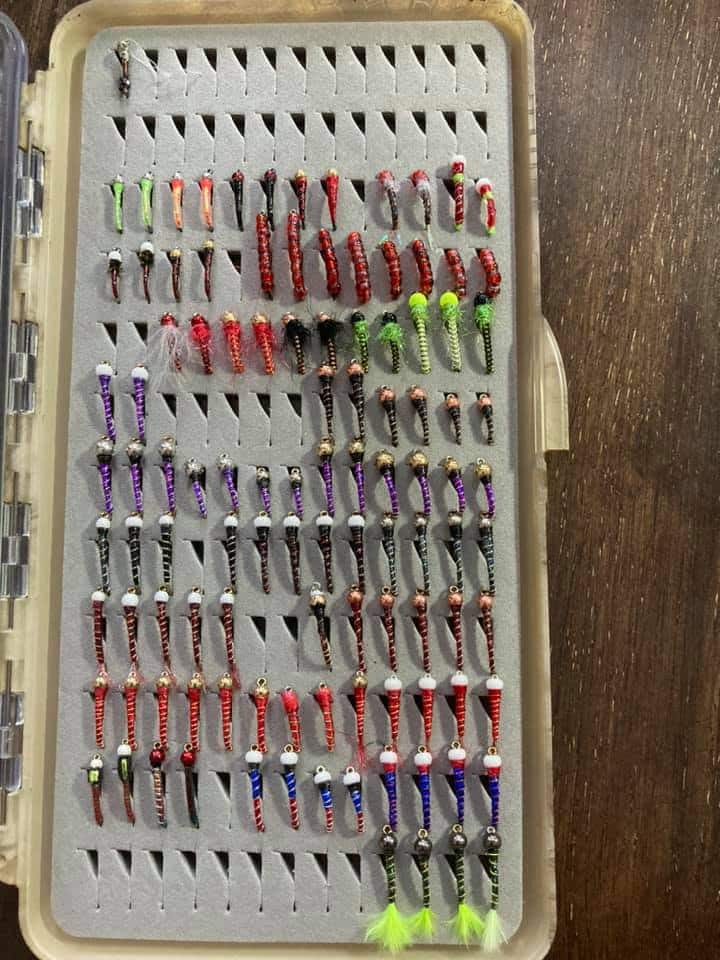
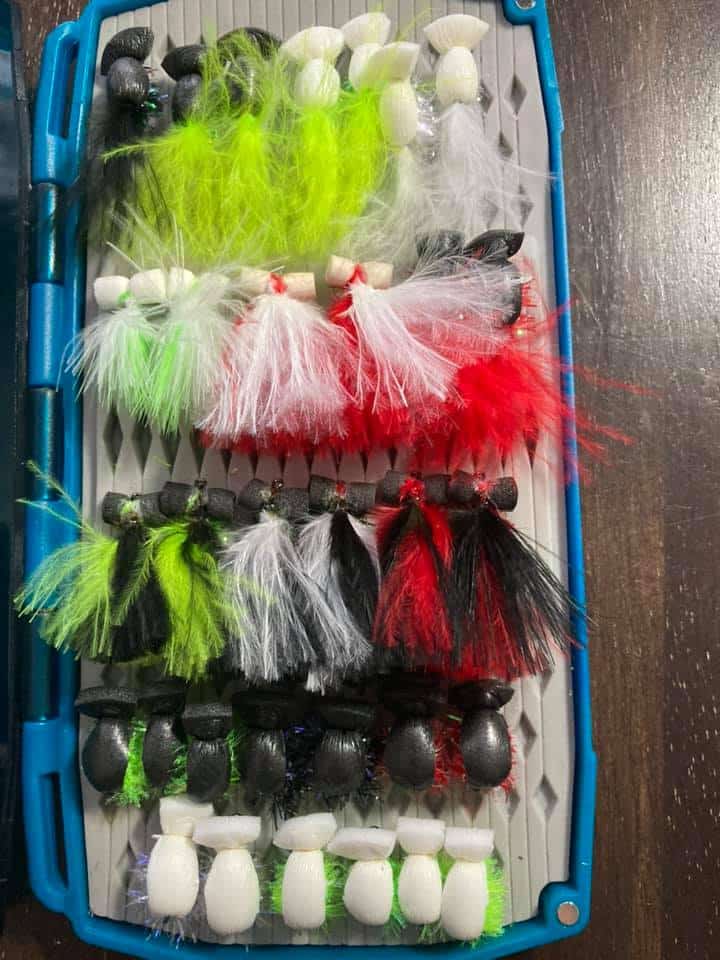
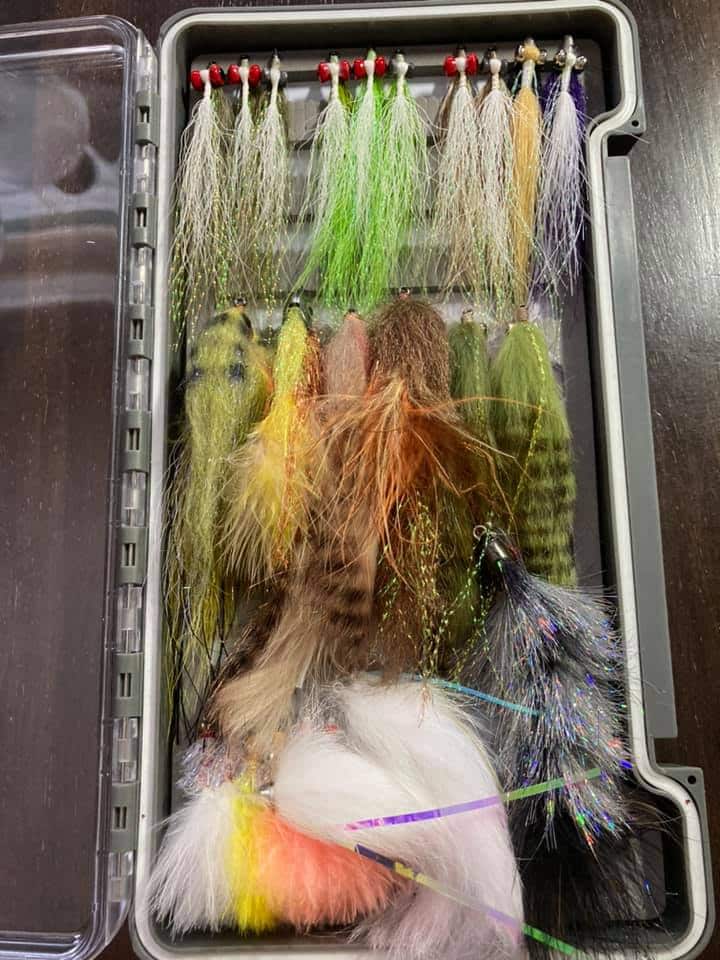
Organize Flies by Fish Species
Carp, Trout, Steelhead, Bass, Salt Water.
- Pros: Appropriate flies for each species, no taking tiny trout flies when fishing poppers for bass. Best when fishing multiple species
- Cons: Multiple crossovers, more fly boxes, may have 8 trout boxes and 1 bass box.
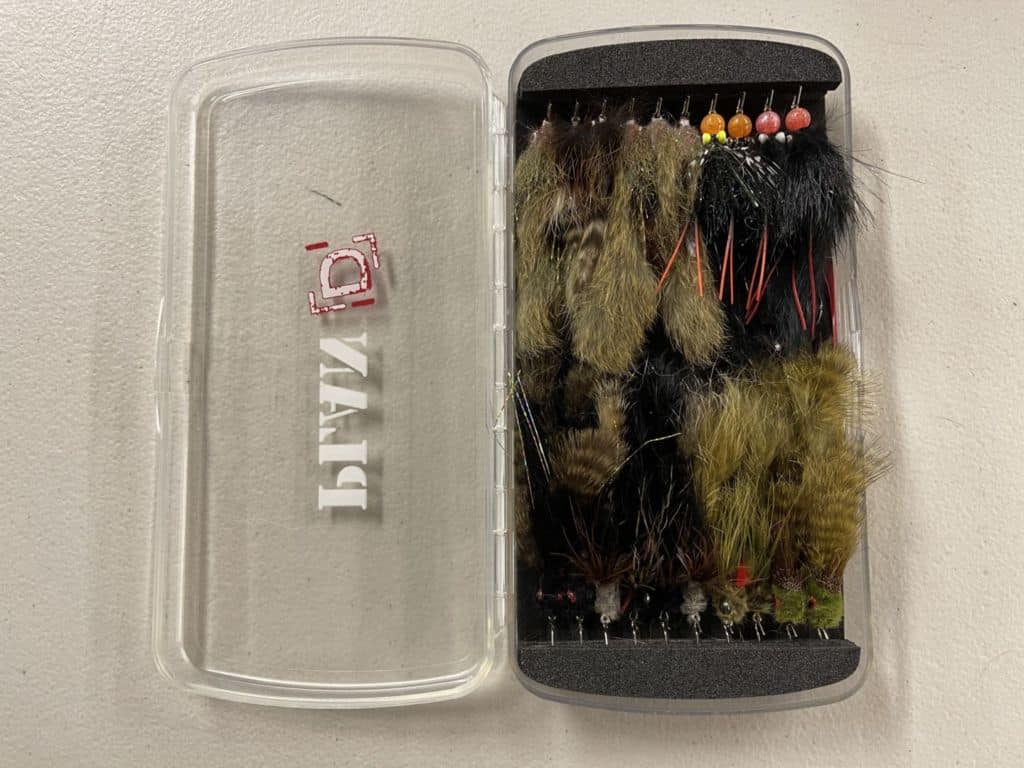
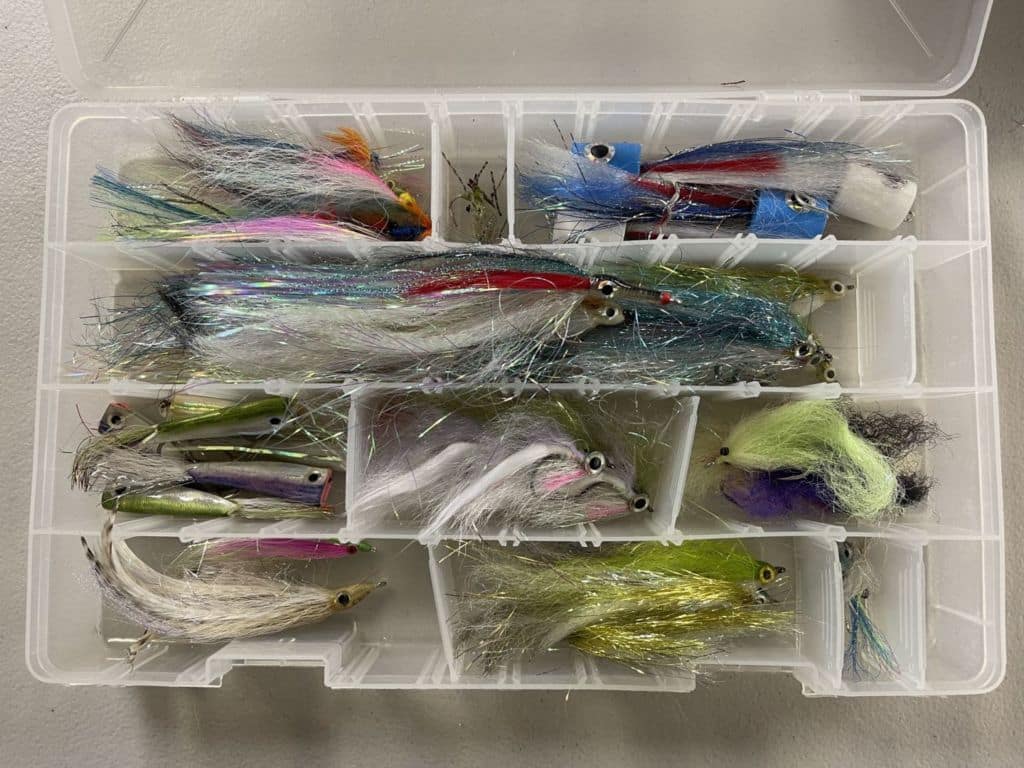
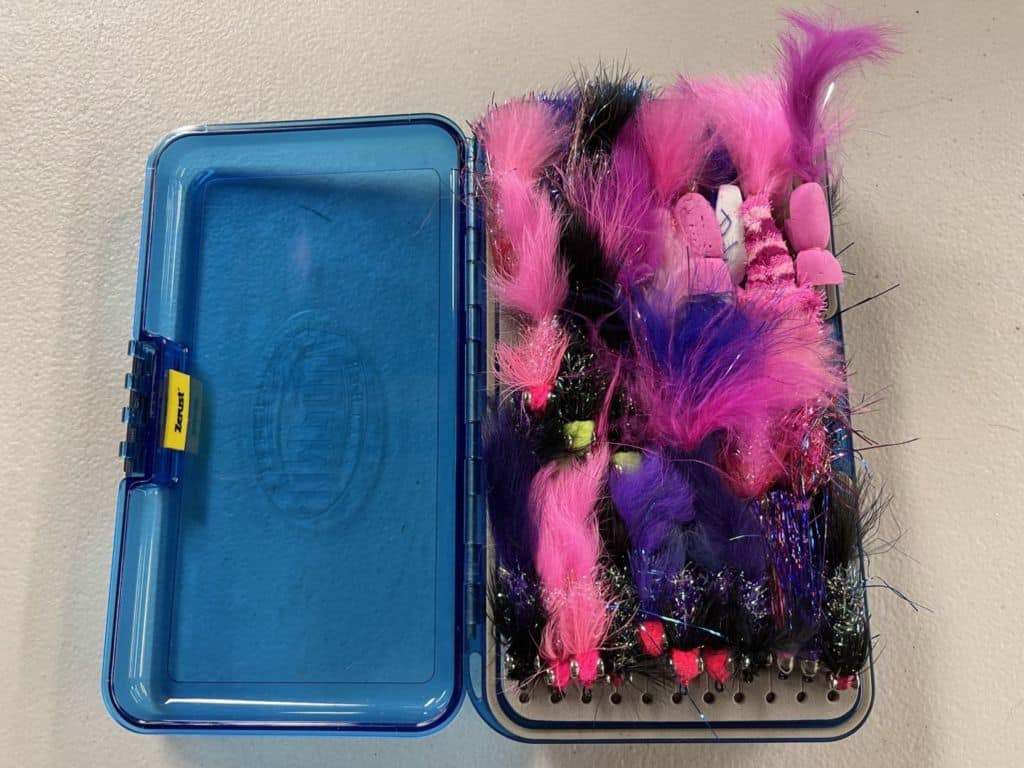
Organize flies by Life cycle
- Mayflies – Nymph, Emerger, Adult, Spinner
- Caddis – Larva, Pupa, Adult
- Stoneflies – Nymph, Adult
- Midges – Larva, Pupa, Adult
- Pros: All the flies you’d need for a hatch, easy to find which stage of Caddis/Mayfly you need. Best way to “Match the Hatch”.
- Cons: More boxes to carry, multiple crossover nymph patterns, sorting through multiple Mayfly boxes unless labeled.
